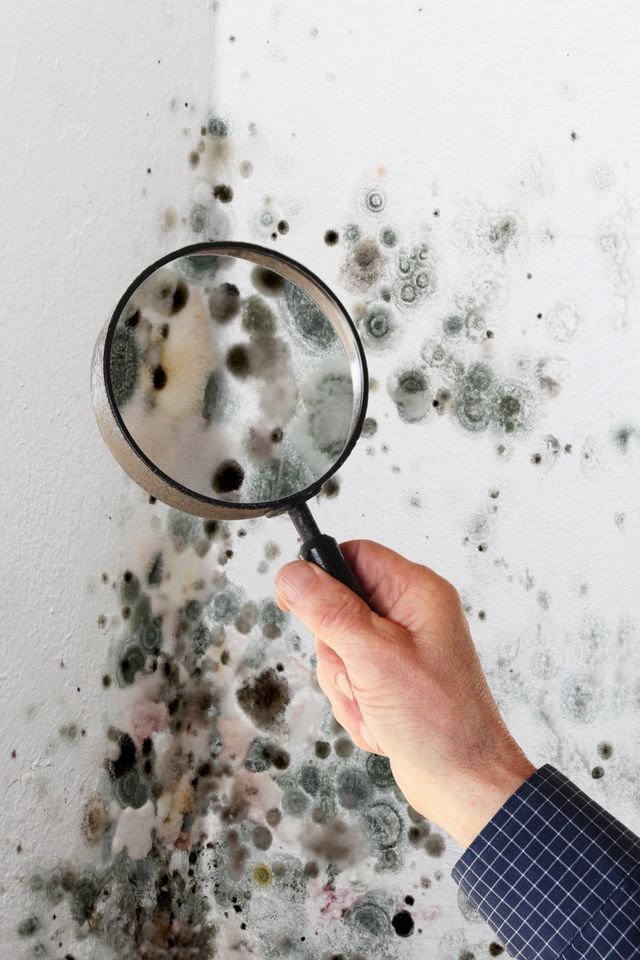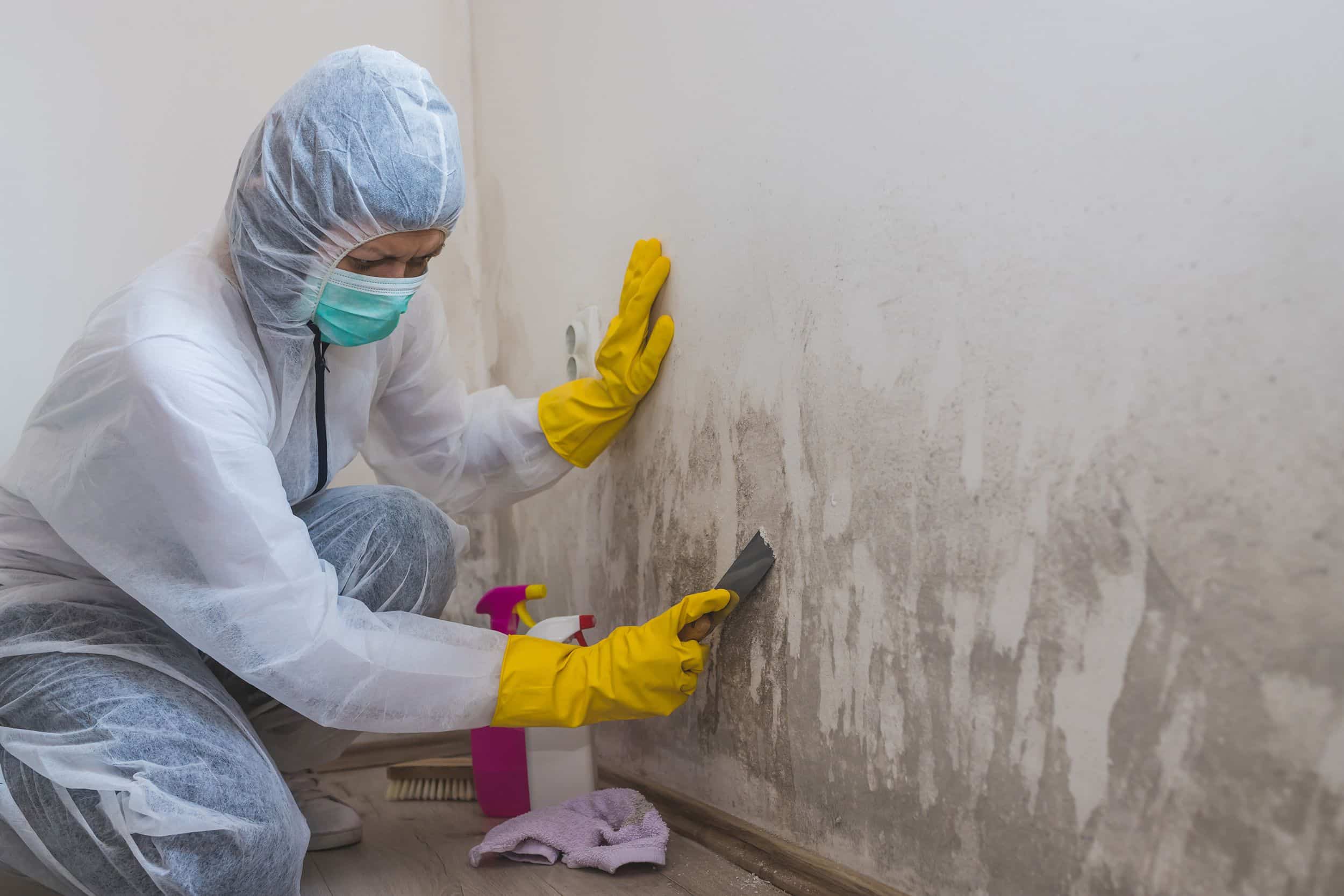Reliable Post Mold Remediation Cleaning Protocols
Reliable Post Mold Remediation Cleaning Protocols
Blog Article
Your Ultimate Overview to Post Mold Remediation Strategies
Navigating the world of post-mold removal strategies is a meticulous process that demands focus to detail and a detailed understanding of the ins and outs entailed. In the after-effects of mold and mildew invasion, understanding how to effectively eliminate the mold and mildew and prevent its reoccurrence is critical for keeping a healthy and balanced interior atmosphere. From picking the best cleaning and sanitizing approaches to implementing strategies for long-term mold and mildew avoidance, each step in the remediation trip plays a critical duty in ensuring a successful result. As we get started on this expedition of post-mold removal strategies, we will certainly discover the essential strategies and best methods that can aid you recover your area to its pre-mold problem and safeguard it against future mold threats.
Recognizing Post-Mold Removal Refine
After completing the mold and mildew removal process, it is important to understand the post-mold removal strategies that are required to ensure a extensive and efficient clean-up. Once the mold has actually been gotten rid of, the following action involves cleaning and disinfecting the influenced locations to avoid any type of regrowth of mold. This includes making use of specialized cleansing representatives to wipe down surfaces and kill any continuing to be mold spores. It is necessary to dry out the area entirely to prevent the growth of mold and mildew in the future (Post remediation mold testing near me). Correct ventilation and dehumidification can assist in this process.
Moreover, carrying out a final assessment post-remediation is important to guarantee that all mold and mildew has actually been successfully eradicated. If the evaluation reveals any remaining mold and mildew, extra remediation may be necessary.
Reliable Cleaning Up and Decontaminating Approaches

Protecting Against Future Mold Development

Value of Correct Air Flow
Proper air flow plays an important function in avoiding dampness buildup, an essential aspect in mold growth within indoor atmospheres. Reliable air flow systems aid eliminate excess moisture from the air, decreasing the opportunities of mold and mildew spores discovering the wetness they require to spread out and sprout. Without ample air flow, interior rooms can become a reproduction ground for mold and mildew, leading to prospective health risks and architectural damage.
By guaranteeing appropriate air circulation, ventilation systems can also help in drying moist areas quicker after water damage or flooding events, better discouraging mold growth. After mold remediation. In spaces like shower rooms, cellars, attics, and kitchens where moisture degrees often tend to be higher, mounting and keeping reliable ventilation systems is vital in preventing mold infestations

Tracking and Maintenance Tips
Provided the crucial role that appropriate ventilation plays in protecting against mold and mildew growth, it is critical to establish effective monitoring and maintenance ideas to ensure the ongoing performance of ventilation systems. Routine examinations of air flow systems must be carried out to look for any indications of obstructions, leakages, or continue reading this malfunctions that might restrain appropriate airflow. Monitoring humidity degrees within the residential or commercial property is likewise vital, as high moisture can add to mold and mildew development. Mounting a hygrometer can help track moisture levels and alert property owners to any spikes remove mold and mildew from brick that might require attention. Furthermore, guaranteeing that air filters are routinely cleaned up or replaced is important for maintaining the performance of the air flow system. Implementing a routine for regular maintenance tasks, such as duct cleaning and a/c system assessments, can assist avoid problems prior to they rise. By staying proactive and mindful to the condition of ventilation systems, building owners can properly alleviate the risk of mold and mildew regrowth and keep a healthy indoor environment.
Final Thought
Finally, post-mold removal techniques are necessary for guaranteeing a clean and risk-free setting. Comprehending the process, executing effective cleaning and decontaminating methods, preventing future mold development, preserving correct air flow, and normal monitoring are all essential actions in the removal procedure. By complying with these guidelines, you can effectively remove mold and stop its return, functioning or promoting a healthy living room for all residents.
In the consequences of mold invasion, knowing how to successfully eliminate the mold and prevent its reoccurrence is extremely important for preserving a healthy and balanced interior atmosphere. Once the mold has been removed, the next action includes cleansing and decontaminating the affected areas to stop any regrowth of mold and mildew - After mold remediation. After removing noticeable mold and mildew growth, it is vital to clean up all surface areas in the affected area to get rid of any remaining mold spores. To better improve mold and mildew prevention measures, it is important to resolve underlying problems that at first led to mold growth.Offered the essential duty that appropriate air flow plays in stopping mold and mildew growth, it is critical to establish efficient monitoring and maintenance suggestions to ensure the ongoing performance of ventilation systems
Report this page